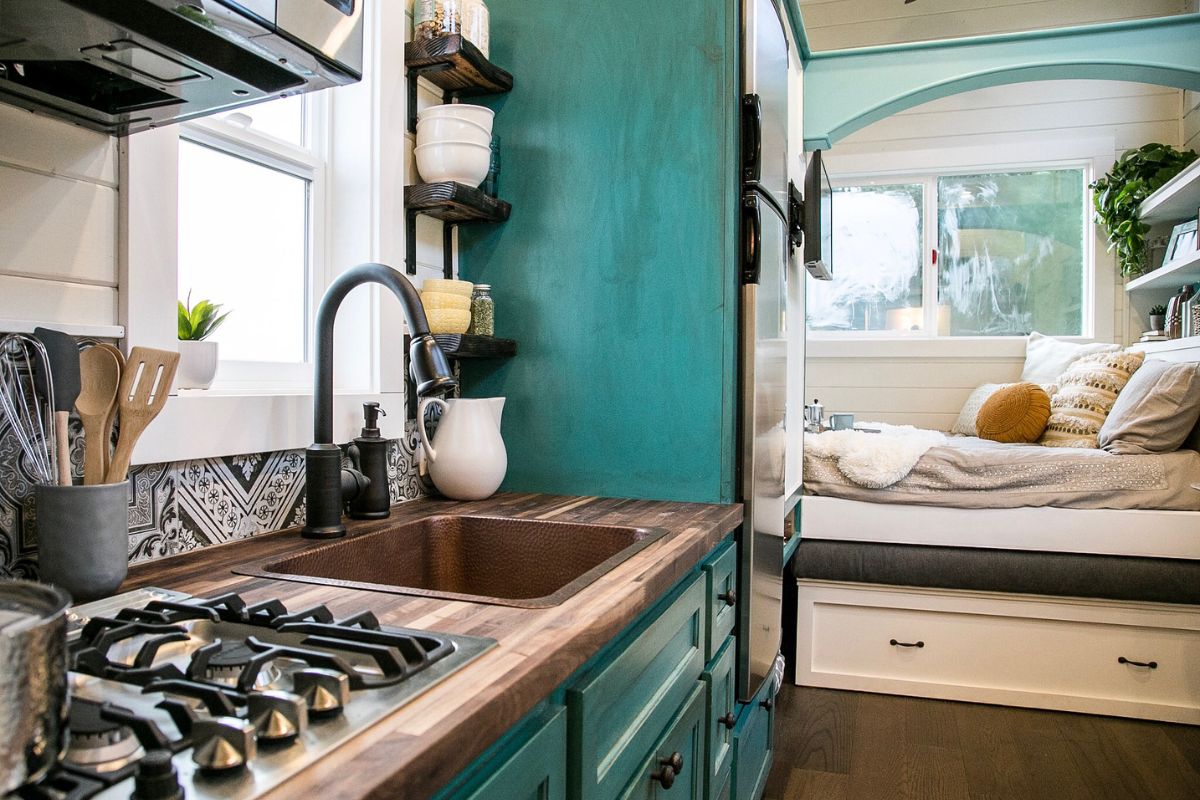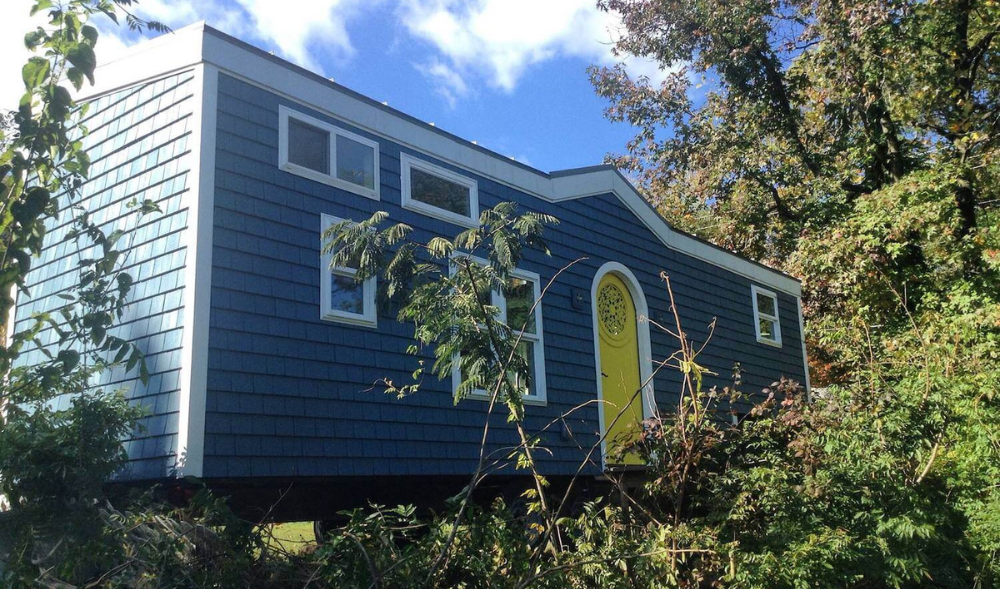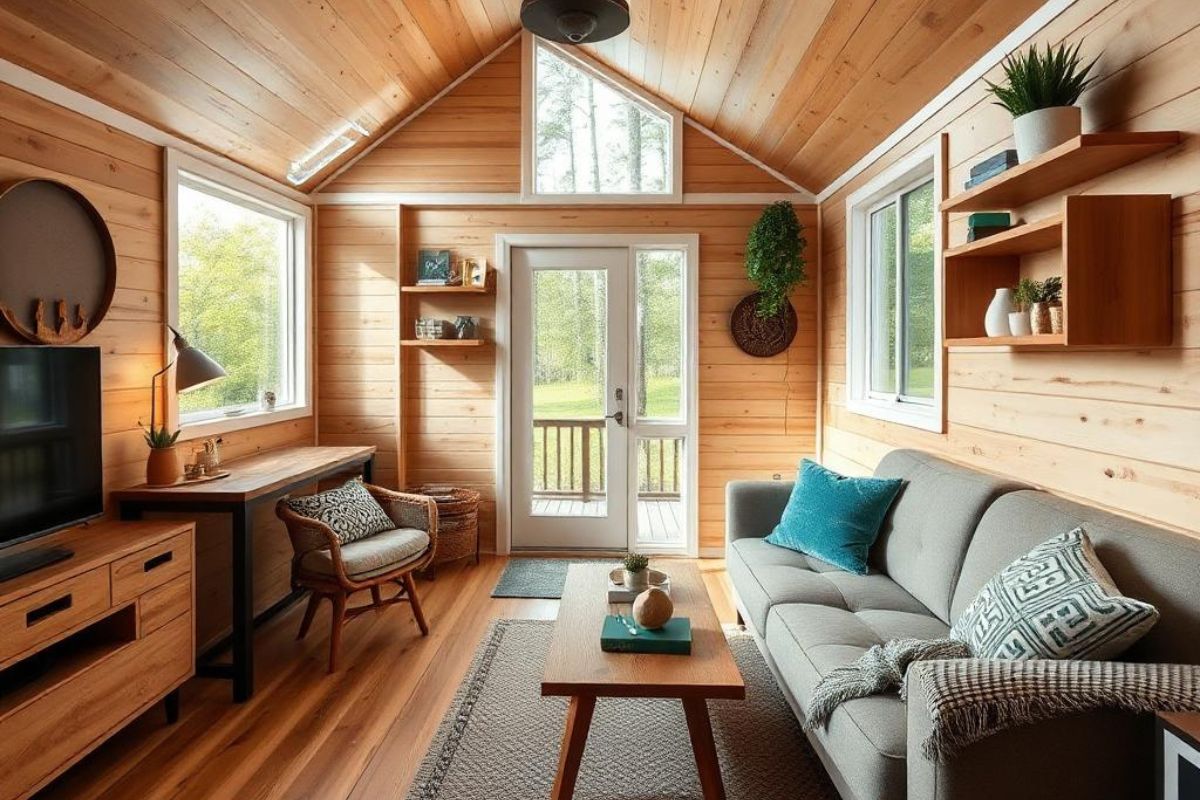Living small and light often means choosing a simpler, more sustainable lifestyle—and for many, that includes switching to an electric vehicle (EV). Whether you live in a tiny house on wheels or a minimalist cabin off the grid, owning an EV can be a smart step toward reducing your environmental impact and your long-term expenses.
But going electric isn’t just about ditching the gas pump. From charging logistics to upfront costs and long-term usability, there are unique considerations—especially for tiny house dwellers and those who live a more mobile or rural lifestyle.
This guide breaks down the key factors to consider before purchasing your first electric vehicle, so you can decide whether it’s the right fit for your lifestyle, home setup, and sustainability goals.
1. Understand Your Charging Options—And Whether They Work for You
Unlike gas vehicles, EVs require access to electric charging stations. There are three main types:
-
Level 1: A standard home outlet. Charges slowly—ideal if you drive short distances daily.
-
Level 2: A 240-volt outlet. This is faster and more practical for daily drivers, but may require an electrical upgrade or professional installation.
-
Level 3 (DC Fast Charging): Found at public charging stations; very fast, but not available everywhere and not compatible with all EVs.
If you live in a tiny house or mobile unit, you’ll want to think carefully about where you’ll charge. Researching EV charging systems such as those at BTC Power can provide insights into your options. Do you have reliable access to a 240V connection at your parking spot or base camp? If you’re off-grid or using solar power, will your system support EV charging—or will you need to rely on public chargers? Apps like PlugShare or ChargePoint help map nearby charging stations so you can plan your routes and routines more easily.
2. Match Your EV to Your Driving Habits
Most EVs today offer between 150 to 350 miles of range per charge. That’s more than enough for the average American, who drives about 37 miles a day.
But for tiny home owners—especially those who move often, travel cross-country, or live in remote areas—range matters more. If you frequently tow, take road trips, or explore rugged terrain, you'll want an EV with extended range and fast-charging capabilities.
Also consider how elevation, climate, and load impact performance. Cold weather and steep hills (hello, mountain living!) can reduce your effective range, so it's best to choose a model with a buffer beyond your typical use.
3. Don’t Let Sticker Shock Stop You—Think Long-Term
Yes, EVs usually cost more upfront than gas cars—but you’ll likely save money over time:
-
Lower fuel costs (electricity is cheaper than gas)
-
Fewer maintenance needs (no oil changes or engine repairs)
-
Tax credits and local rebates to reduce the purchase price
Look into federal and state EV incentives, as well as utility company rebates, especially if you’re installing a home charger. And if your tiny home is solar-powered, you might even be able to charge for free, depending on your setup.
4. Maintenance Is Simpler—But Still Important
Electric vehicles require less routine maintenance overall. There’s no engine oil, no transmission fluid, and fewer moving parts. Most EVs also use regenerative braking, which reduces wear on brake pads.

However, you’ll still need to stay on top of:
-
Battery health (most are under 8- to 10-year warranties)
-
Software updates (many happen automatically over Wi-Fi)
-
Tire rotation and wear (EVs are heavier, which may affect tires more quickly)
-
Cooling systems and cabin air filters
For tiny house travelers, be sure you’re within reasonable distance of EV-certified mechanics or service centers.
5. Will an EV Fit Your Home Setup?
Tiny home living means being resource-conscious—and that includes energy. Ask yourself:
-
Do you have access to a reliable charging location?
-
Can your current solar or electrical setup support EV charging?
-
Are you in a community or mobile park that allows charger installation?
If you’re renting or living in an RV park, you may need permission to install a Level 2 charger—or rely more heavily on public stations. More apartment complexes and RV resorts are beginning to add EV chargers, but availability still varies widely.
6. Smart Features and Future-Ready Perks
Modern EVs are packed with tech—and some features may be especially useful for tiny home or off-grid life:
-
Bidirectional charging: Some EVs can power your home during outages or high-demand times.
-
Smart charging: Save money by charging during off-peak hours with scheduled charging tools.
-
App integrations: Remotely monitor battery status, climate control, and maintenance updates from your phone.
These features not only make EV ownership easier—they can enhance your overall tiny living setup, especially when paired with solar or backup systems.
Is an Electric Vehicle Right for Tiny House Living?
Owning an EV is more practical than ever, especially if you’re already embracing a lower-impact lifestyle. With the right planning—around your charging access, driving habits, and energy needs—an electric vehicle can complement your tiny house journey beautifully.
As EV models become more affordable, more powerful, and better supported nationwide, now may be the perfect time to make the switch.
Thinking small doesn’t mean thinking less. It means thinking smarter—and going electric might be one of your smartest decisions yet.






Share: